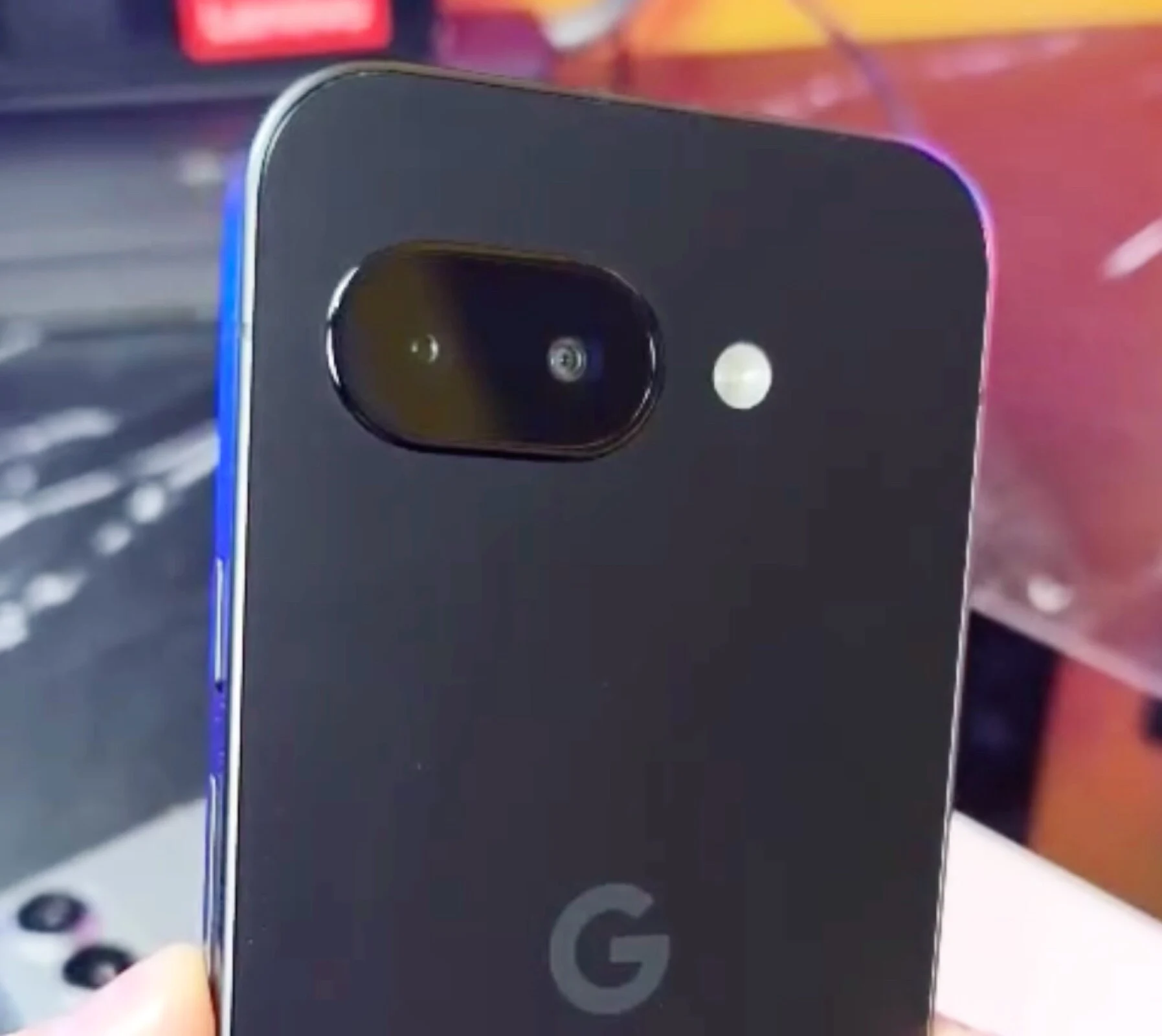Key Takeaways
1. The Google Pixel 9a features a compact camera module with a 48MP primary sensor and a 13MP ultra-wide camera.
2. The smartphone is expected to have a plastic back for a lower price point, with a matte finish.
3. It will be powered by the Tensor G4 ARM chip and have a 6.3-inch OLED display with a 120Hz refresh rate.
4. The display can reach a brightness of 1,800 nits, with HDR peak brightness at 2,700 nits.
5. The Pixel 9a is set to launch on March 19th, starting at a price of $499.
A recent video has surfaced, showcasing what is said to be the Google Pixel 9a. It’s not clear if the smartphone is operational or merely a model, but its design seems to align with earlier leaks. The video highlights the compact size of the camera module, which barely sticks out from the body and occupies much less room compared to its pricier counterpart, the Google Pixel 9.
Camera and Design Details
The reason for this compactness lies in the camera components, which need less space. Specifically, the primary camera features a smaller 48-megapixel 1/2-inch sensor, and the 13MP f/2.2 ultra-wide camera is equipped with a 1/3.1-inch sensor. Additionally, the back appears to have a matte finish, and it’s likely that Google has chosen a plastic back to maintain a lower price point. Just last week, a significant leak disclosed nearly all the specs for the Pixel 9a, which is set to be officially launched on March 19th, starting at a price of $499.
Specifications and Features
Reports indicate that Google will use the Tensor G4 ARM chip along with a 6.3-inch OLED display that boasts a 120Hz refresh rate. The screen can reach full brightness of 1,800 nits, with HDR peak brightness hitting 2,700 nits. The battery is expected to be around 5,100mAh, supporting 23-watt USB-C charging and 7.5W wireless charging capabilities. The fingerprint sensor is believed to be built into the display, and the front-facing 13 MP f/2.2 selfie camera is positioned within a punch-hole cutout.
Source:
Link


Leave a Reply